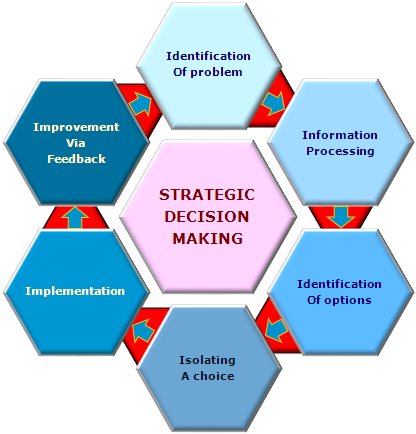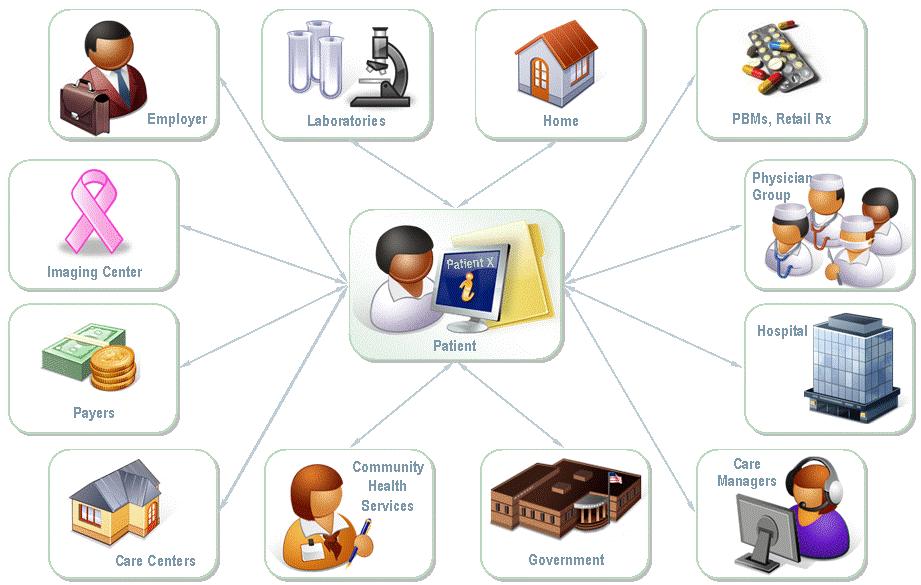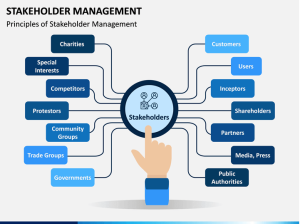Introduction:
Health Information Exchange (HIE) has revolutionised healthcare by enabling the secure exchange of patient information among healthcare providers. As technology continues to advance, it’s important to stay informed about future trends in HIE that will shape the landscape of healthcare delivery. In this blog post, we will explore the emerging trends in HIE and their potential impact on patient care, data exchange, and healthcare outcomes.
The Shift Towards Patient-Centric HIE:
The future of HIE is moving towards a patient-centric approach. Healthcare systems are recognising the importance of engaging and empowering patients in managing their health. This trend will result in HIE systems that prioritise patient-controlled health data exchange. Patients will have increased access to their health information, allowing them to actively participate in their care decisions and promote continuity of care.
Integration of Artificial Intelligence (AI) and Machine Learning (ML):
The integration of AI and ML technologies holds great promise for HIE. These technologies can analyse vast amounts of health data to provide valuable insights and support clinical decision-making. AI and ML algorithms will aid in detecting patterns, predicting outcomes, and identifying potential risks. By leveraging these advanced technologies, HIE systems can enhance patient care, improve treatment outcomes, and optimise resource allocation.
Expansion of Interoperability and Data Exchange Standards:
Interoperability has been a significant focus in HIE, and this trend will continue to gain momentum in the future. Efforts are being made to establish seamless interoperability across different healthcare systems and providers. Emerging data exchange standards and protocols will enable efficient and secure sharing of patient information. Improved interoperability will enhance care coordination, reduce duplicative testing, and enable comprehensive health records across different healthcare settings.
Blockchain Technology and HIE:
Blockchain technology is poised to transform the landscape of HIE by addressing data security and integrity. Through its decentralised and immutable nature, blockchain ensures the privacy and authenticity of health data. Patient consent management, secure data sharing, and tracking data access become more efficient and transparent with blockchain. Its potential application in HIE can enhance patient trust, data security, and interoperability.
The Role of Internet of Things (IoT) in HIE:
With the proliferation of IoT devices, healthcare data generation has skyrocketed. IoT devices such as wearables and remote monitoring devices provide valuable real-time health data. Integrating IoT with HIE systems allows seamless integration and exchange of this data, facilitating better care coordination and population health management. HIE systems of the future will leverage IoT-generated data to provide personalised care, early interventions, and improved patient outcomes.
Advanced Analytics and Predictive Modeling:
Advanced analytics and predictive modeling will play a vital role in HIE’s future. Analysing vast amounts of data collected through HIE, advanced analytics can derive meaningful insights to support population health management. Predictive modeling can identify trends, risk factors, and potential outcomes, enabling proactive interventions and personalised medicine. This data-driven approach will lead to more efficient resource allocation, targeted interventions, and improved healthcare outcomes.
Telehealth and Virtual Care Integration:
Telehealth and virtual care services have gained significant popularity, especially during recent times. The future of HIE will see closer integration between telehealth platforms and HIE systems. This integration will enable seamless data exchange between virtual care providers and traditional healthcare settings. Patient health information will flow seamlessly, ensuring continuity of care and enabling remote patient monitoring, consultations, and follow-ups.
Enhancing Data Privacy and Security Measures:
As HIE continues to evolve, ensuring data privacy and security becomes increasingly crucial. Future trends will focus on strengthening data privacy regulations and implementing robust security measures. Emerging technologies such as encryption, access controls, and blockchain will safeguard patient information from unauthorised access or breaches. Maintaining patient trust in HIE systems will be paramount to ensure successful implementation and adoption.
Conclusion:
The future of Health Information Exchange holds immense potential to transform healthcare delivery. Patient-centric approaches, integration of AI/ML, expanded interoperability, blockchain technology, IoT integration, advanced analytics, telehealth integration, and enhanced data privacy and security measures will shape the future of HIE. Staying informed and adapting to these emerging trends will enable healthcare providers to deliver better patient care, improve outcomes, and create a more connected and efficient healthcare ecosystem. By embracing these trends, we can look forward to a future where HIE optimises healthcare delivery and positively impacts patient lives.







